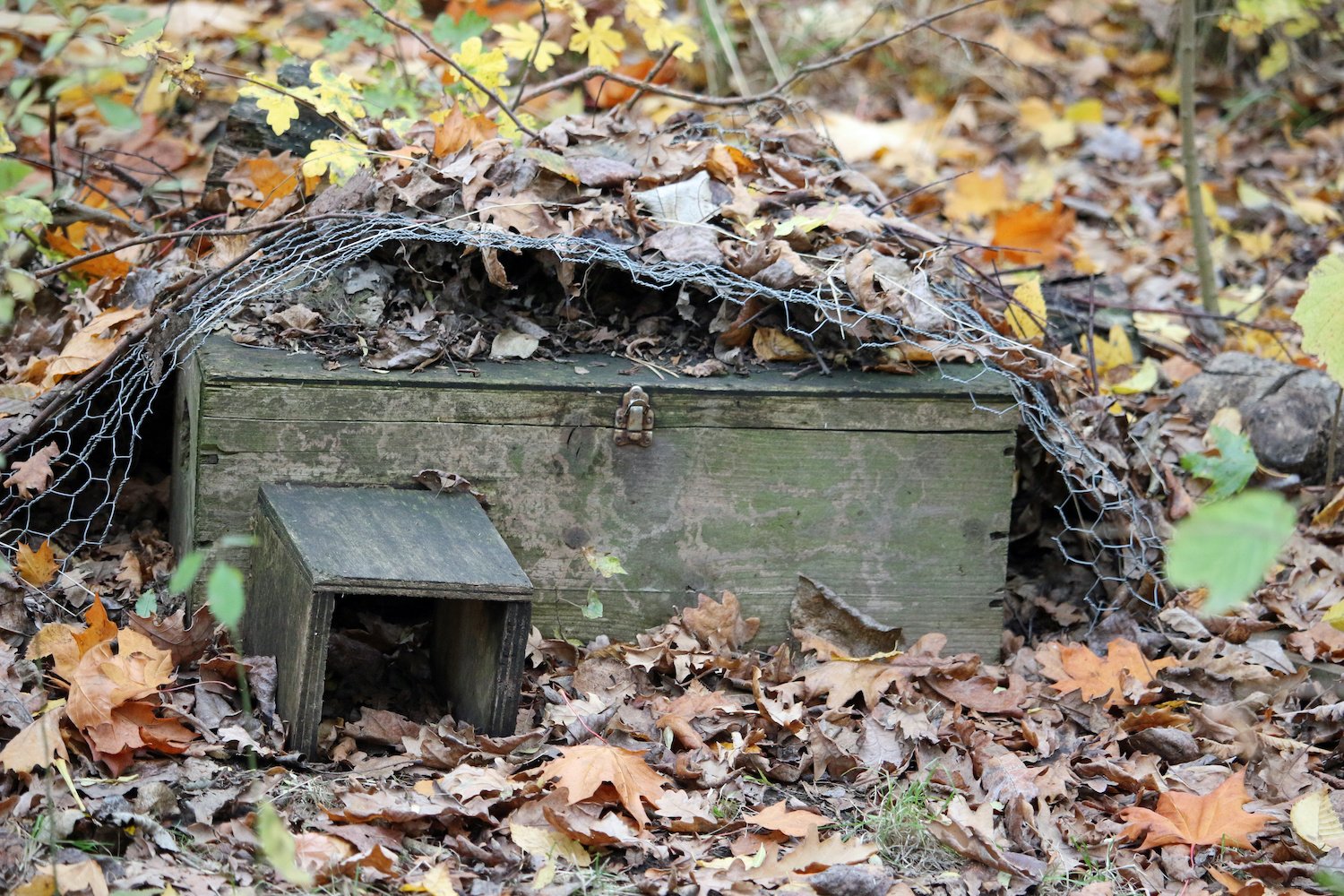🦔Hedgehogs🦔
What great little creatures hedgehogs are - cute and funny, and they do so much good for the gardener, eating slugs, snails, caterpillars, and all manner of other pests!! They are nocturnal omnivores, and while insects are their favourite food, they will eat fruit, small amphibians, and eggs if they can get to them.
Hedgehogs’ spines are very prickly - I use gardening gloves to handle mine - but their spines are actually modified hollow hairs.
There are 14 species of hedgehog around the world, mainly in Europe, Africa, and Asia, but like so many animals, hedgehogs are having a tough time. Their numbers are dwindling. They face attacks from predators and domestic animals like dogs, loss of habitat which forces them to cross roads to find shelter and food, and in the extremely dry weather we had this year, they were forced to travel great distances to find water too.
But if we are lucky enough to have hedgehogs in our area, there are lots of things we can do to help them.
Leave areas of undergrowth where they can shelter, breed, and have a safe place to hibernate.
If you have wooden fences, cut little hedgehog holes in them so they can move safely from garden to garden without being forced onto the roads.
Make or buy a hedgehog house, where they can shelter and you can leave small bowls of food in there for them. They have a great sense of smell and will soon learn to use them!!
And of course, food and water will be very welcome!!
Suitable things are wet dog and cat food, dried dog food, or cat biscuits.
There is proper hedgehog food you can buy, but make sure you buy a good one that doesn’t have anything in it that is bad for hedgehogs.
Please do not feed mealworms to hedgehogs. Mealworms, although the hedgehogs love them, have low calcium content and very high phosphorus content. In order to metabolise phosphorus, hedgehogs need calcium. If there is not enough in their food, their bodies take the calcium from their bones, which leads to Metabolic Bone Disease (MBD) and possibly fatal bone fractures. Calciworms have a higher calcium content than mealworms, but you are better off avoiding those as well and feeding dog, cat, or proprietary hedgehog food.
If you feed mealworms to birds, make sure not too many fall to the ground where hedgehogs may find them. The odd one as a treat is fine, but they shouldn’t have too many.
Water is best put into a shallow saucer - a plant pot saucer is ideal - and left near the hedgehog food. They will learn it is there and come for it when they need it.
I am lucky enough to have a lot of hedgehogs visiting my garden, where food and water is always available for them. Numbers have grown so much that I have had to buy a second hedgehog house!!
But even though there is plenty to go around, they can be a little territorial and can “bowl” other hedgehogs away from what they consider to be theirs!!
So today, let’s celebrate these snuffling, spiky little balls of cuteness by sharing all things hedgehog!!
All are welcome.
And please feel free to share all discussions you enjoy.







